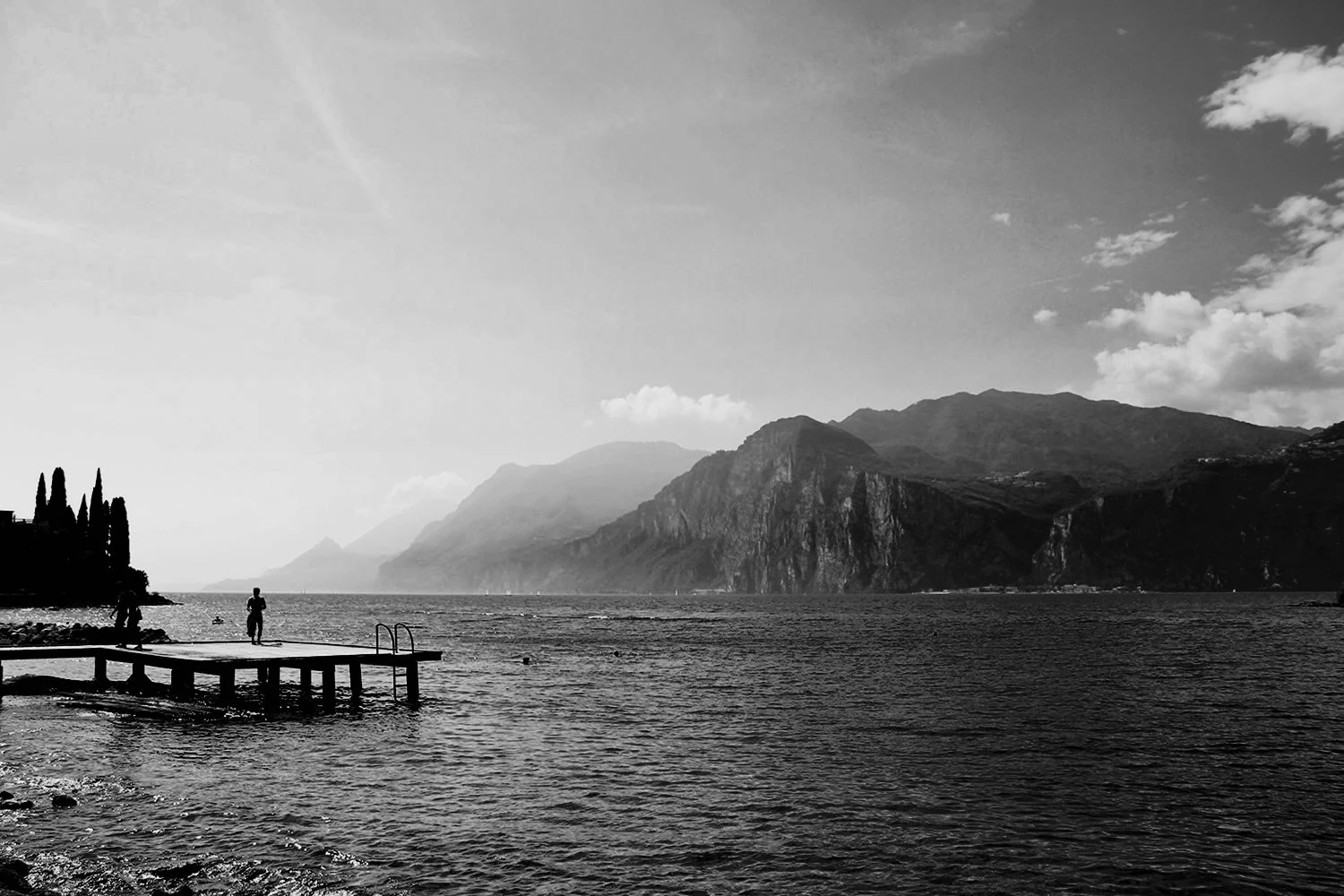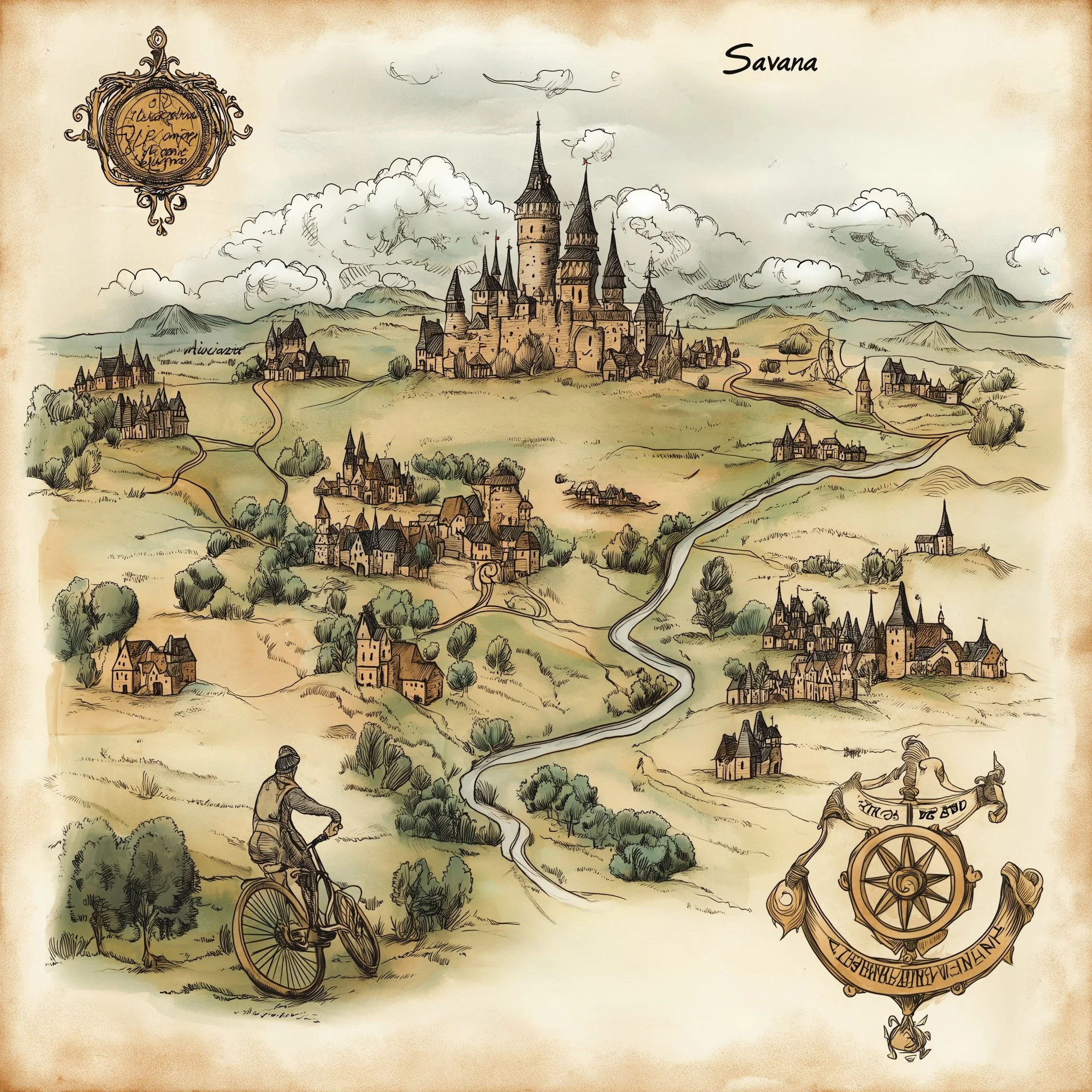Source: Excerpts from "Biking the Middle Ages with a Hasselblad"
Date: October 26, 2023
Subject: Review of a three-day bikepacking trip with a focus on using a vintage medium format camera (Hasselblad 500CM).
Summary:
This document summarizes the key themes, ideas, and facts presented in the provided excerpts. The author details a three-day solo bikepacking trip through parts of Germany, specifically from Ladenburg towards the Hunsrück region. The central focus is on the experience of undertaking this trip while exclusively using a heavy, older Hasselblad 500CM camera instead of modern digital equipment. The narrative blends travelogue with practical tips and reflections on the unique challenges and rewards of shooting medium format film photography while cycling. The journey was marked by variable weather conditions, requiring adaptation and strategic decisions regarding photography.
Main Themes:
The Romanticism and Challenge of Vintage Photography: The author deliberately chose to use a Hasselblad 500CM, acknowledging its weight and limitations compared to digital cameras. This choice is framed as a form of "romanticizing suffering" and a departure from the ease of modern technology.
Adapting Photography to Bikepacking Conditions: The narrative highlights the practical challenges of carrying and protecting a delicate film camera while cycling, particularly in adverse weather. Strategies for weather protection and opportunistic shooting are discussed.
The deliberate and slower pace of Medium Format Photography: The limited number of shots per roll (12) and the manual nature of the Hasselblad encourage a more thoughtful, intentional, and slower approach to photography, contrasting with the rapid-fire nature of digital shooting.
Blending Travelogue and Technical Tips: The author integrates practical advice for shooting with a Hasselblad (zone focusing, metering, using lens hoods, finding impromptu tripods) within the narrative of their journey and experiences.
Embracing the Unexpected and Imperfect: The trip was characterized by challenging weather and the need to adapt, both for the journey and the photography. The author seems to accept these challenges as part of the experience.
Most Important Ideas/Facts:
The chosen camera: The author exclusively used a Hasselblad 500CM for the trip, a significant departure from typical lightweight bikepacking gear. This is a central element of the narrative.
Starting Point and Destination: The trip began in Ladenburg with the Hunsrück as the general goal.
Key Locations Visited: The author specifically mentions cycling through Oppenheim and Bacharach, both with historical and scenic significance.
The Significance of Weather: The weather was a dominant factor, with descriptions of sudden downpours, wind, and rain, which significantly impacted the opportunities for photography.
Practical Hasselblad Tips for Bikepacking: The text offers concrete advice:
Protection from Weather: "Rule #1 for bikepacking with a Hasselblad: always protect your gear from the weather. A simple ziplock bag inside a camera insert works wonders when the rain turns biblical."
Embracing a Slower Rhythm: "With a Hasselblad, you’re not chasing moments like a sports photographer – you’re crafting images deliberately. Focus, compose, think."
Zone Focusing: Recommended for shooting in crowds, pre-setting aperture and focus distance.
Using a Lens Hood: Advised for protecting from raindrops and flare in wet conditions.
Utilizing Impromptu Tripods: "Don’t be afraid to use the environment as your tripod – a backpack, a wall, or even the ground itself."
Intentional Shooting: "slow down, shoot less, but shoot intentionally. With only 12 shots per roll, every frame counts."
Careful Metering: Especially in challenging light conditions.
The Impact of Limited Shots: The constraint of 12 shots per roll forced a more selective and thoughtful approach to composition and subject matter.
The Feeling of "Time Travel": The author describes the feeling of entering a "Medieval Time Portal" in Oppenheim, linking the historical locations with the use of a vintage camera.
Quotes of Note:
"...I decided to drag along a medium format tank because, well, why not romanticize suffering?"
"Riding into Oppenheim felt like pedaling through a postcard – vineyards, rolling hills, and yes, a sudden downpour."
"Rule #1 for bikepacking with a Hasselblad: always protect your gear from the weather."
"With a Hasselblad, you’re not chasing moments like a sports photographer – you’re crafting images deliberately. Focus, compose, think."
"Bacharach to Mörsdorf was a different story: dry air, cool breeze, and golden light hitting the hills. Now the Hasselblad came into its own..."
"Yes, it’s heavy. Yes, it’s slow. But there’s something poetic about taking a mechanical marvel like the Hasselblad 500CM on a bike ride through time..."
"It’s not about the number of photos you take; it’s about the ones that really matter."
Conclusion:
The excerpts provide a compelling account of a unique blend of outdoor adventure and vintage photography. The author successfully conveys the challenges and rewards of using a Hasselblad 500CM while bikepacking, offering both personal reflection and practical advice. The experience is framed as a deliberate act of embracing a slower, more intentional approach to both travel and image-making, finding value in the constraints and the connection to a different era of photography.

















